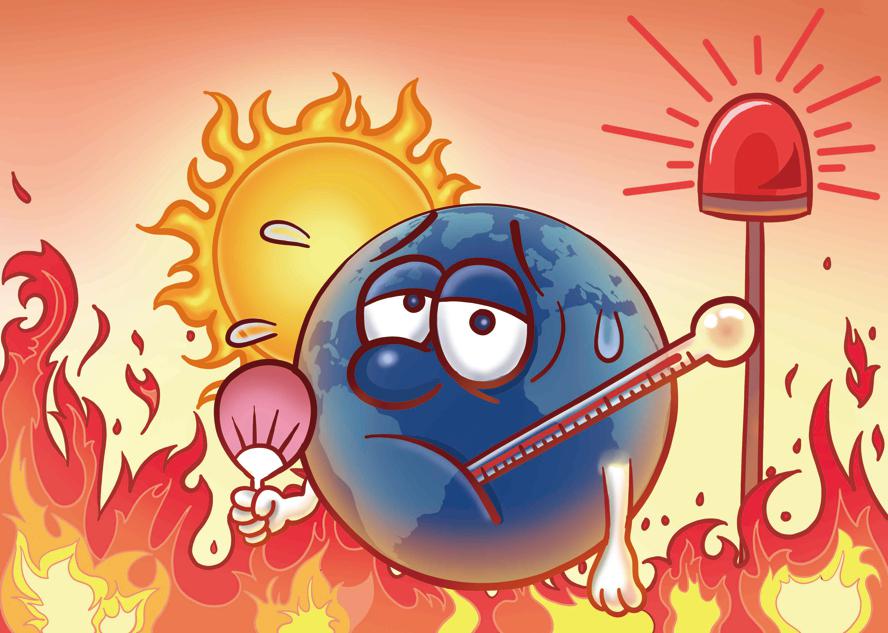In the past, scientists believed that six hours of temperatures of 35 degrees Celsius (95 degrees Fahrenheit) and 100% humidity would be fatal for a young, healthy person. The true barrier, however, might actually be far lower, according to recent studies.
The Earth is warming up, and soon it may reach humidity and temperatures that, even for young people, could be fatal after a few hours of exposure. Recent studies have helped scientists determine how much heat and humidity a human body can tolerate.
Temperature of a wet bulb
Previously, scientists believed that six hours of temperatures of 35 degrees Celsius (95 degrees Fahrenheit) and 100% humidity would be fatal to a young, healthy person. The true barrier, however, may actually be far lower, according to recent studies.
Researchers at Pennsylvania State University in the United States made the decision to test the hypothesized “wet bulb temperature”—the temperature at which sweat can no longer drain from the skin, resulting in heatstroke and finally death. Earlier, thermometers and wet cloths were used to measure this.
Researchers used a heat chamber to measure the core temperatures of healthy, young adults. They discovered that the study subjects’ “critical environmental limit” was far lower than previously thought, at a wet bulb temperature of 30.6 degrees Celsius.

Temperature Rise and climate change
According to an AFP story, the previously believed threshold for human heat and humidity tolerance (35 degrees Celsius) has only occasionally been exceeded, mostly in South Asia and the Persian Gulf.
However, the frequency of these catastrophes has doubled over the past 40 years due to climate change, according to Colin Raymond of NASA’s Jet Propulsion Laboratory in an interview with AFP.
According to Raymond’s research, these wet bulb episodes will become more frequent if global temperatures rise by 2.5 degrees over pre-industrial levels.
The temperature of the oceans has reached its highest level ever seen, according to a recent assessment from the European Union’s Copernicus climate change program. According to the BBC, daily global sea surface temperatures have surpassed a 2016 record and are now 20.96C, which is significantly higher than the seasonal average. When the yearly El Nio was in full force in 2016, a record was set.
Even below the threshold of 35 degrees, experts caution that excessive heat events can be fatal. According to them, individual thresholds vary depending on things like age, health, and even socioeconomic circumstances. They make the point that those who are least equipped to fend off high heat will suffer the most.



